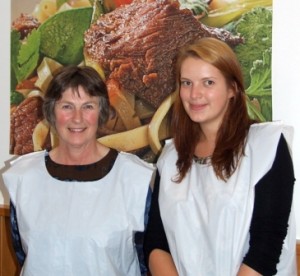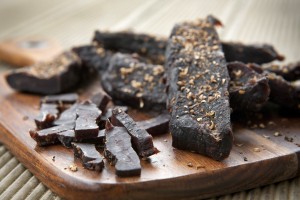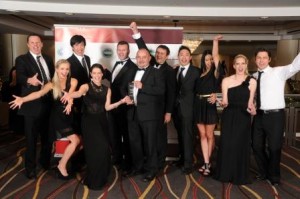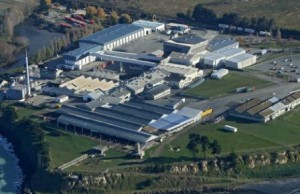 Leading meat processor and exporter Alliance Group is hosting a representative of one of the UK’s leading supermarkets.
Leading meat processor and exporter Alliance Group is hosting a representative of one of the UK’s leading supermarkets.
Anna Ballantyne, 22, of Evesham, Worcestershire in England, is visiting Southland-based Alliance Group to gain an insight into the industry including the co-operative’s work in meat quality testing, packaging developments and extending product shelf life.
The 22-year old, who has a Bachelor of Science (Hons) in Nutrition and Food Science, is taking part in the supermarket’s six-week ‘Taste the World’ programme, which sees students working with Sainsbury’s suppliers and partners around the globe.
Each cadet gets involved in specific project work as well as obtaining a general understanding of Alliance technical and quality programmes.
Ballantyne is also spending time on the road with the company’s livestock representatives and seeing first-hand the company’s Lorneville plant boning room operations.
The cadet, who will join Sainsbury’s as a full-time employee on her return to the UK, will have a stint in Alliance Group’s product development centre, where the company undertakes research into meat taste and tenderness.
The co-operative is regularly exploring how meat quality can be improved by factors such as genetics and farm management practices and uses trained panellists for taste and tenderness trials.
Alliance Group is the major supplier of New Zealand lamb to Sainsbury’s through its UK marketing company, New Zealand Farmers Ltd.
Murray Brown, general manager of marketing at Alliance Group, said the visit was further evidence of the ever-strengthening links between the cooperative and its UK retail partner.
“Sainsbury’s is the second largest retailer of lamb in the UK and has a loyal customer base of lamb consumers.
“Alliance Group enjoys a strong partnership with Sainsbury’s and so it’s important their employees gain an understanding of our lamb production systems, our quality assurance programmes, commitment to sustainability, relationship with our suppliers and our procurement programmes.
“This visit is also timely given one of our key selling periods for quality in-season chilled lamb to Sainsbury’s is around Christmas leading into Easter.”
Ballantyne is the fourth Sainsbury ‘Taste the World’ representative Alliance Group has hosted and another three cadets are due to visit the cooperative between now and the end of the 2013 processing season, he said.





